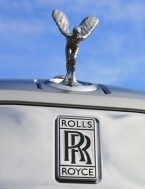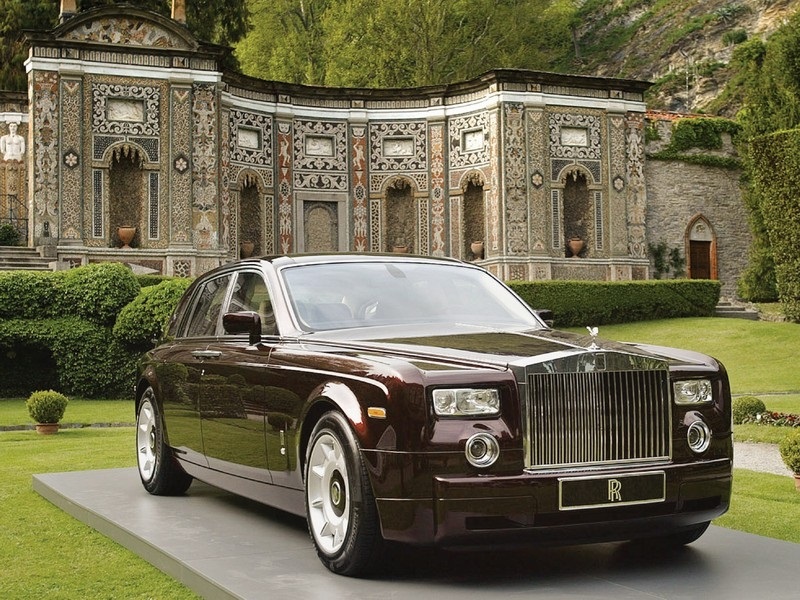
When you are claiming your product is a luxury car, you need to have some distinct features that those “normal” cars don’t have.
10 to 15 years ago the claim is much easier. Back in that time, if you can made a beautiful car body, have good assembling accuracy, sharp headlight/rear lights, rear-wheel-drive, silent cabin, fancy electronic features such as navigation, automatic AC etc., then you can safely claim your car is a luxury car.
But situation is totally changed recently: for example many daily-driving cars looks really nice; the previous Hyundai Genesis already claimed better assembling accuracy than BMW, which you can buy one for less than $30k if you negotiate well; LED headlight is even standard on Toyota Corolla LE trim; the RWD Dodge Charger is sold for $20k new at some SoCal dealerships; the 2015 Kia K900 is claiming its interior noise to be only 2% higher than a Rolls-Royce Ghost. So now it is much harder to make a luxury car that most people admits to be a real luxury car, due to the reason that advancement of technologies reduced the production cost of previously luxury features significantly, therefore allow most cars to gain access to those features easily and cheaply.
But anyway, since luxury brands still need to do business, they are trying their best to find out anything that is still expensive and advanced today, so their product can be distinguished from the “cheap” cars.
One example is the use of carbonfiber material to build the car body. Because of the complicated process of manufacturing, carbonfiber is still very expensive currently. Also because the lightweight property of carbonfiber, it can reduce the car body weight and keep the same strength at the same time, which benefits performance. So expensive + better performance, sounds to be a win-win for luxury cars.
This is exactly what Rolls-Royce will do for the next generation of Phantom. We got information that for the next Phantom, its car frame will made with aluminum, and the body panels will be made of carbonfiber. This is similar to the configuration of the BMW i3.
However, the current 6.75L V12 turbo engine will be carried over.




Recent Comments